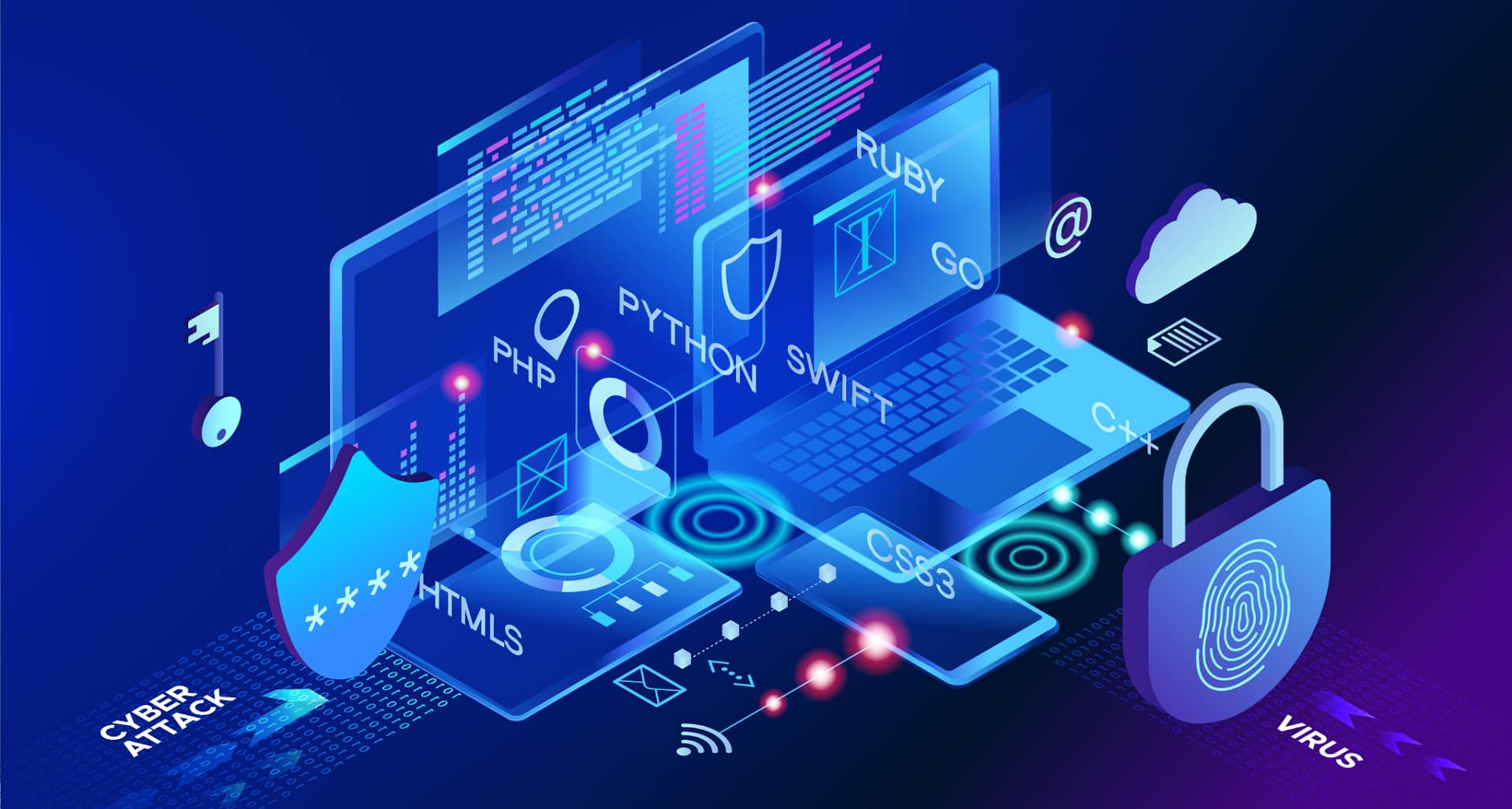Introduction
In today’s digital era, cybersecurity has become a paramount concern for individuals and organizations alike. With the increasing reliance on technology, the threat landscape has evolved, making it imperative to adopt robust security measures. This guide delves into the critical aspects of cybersecurity, offering insights and best practices to help you navigate and secure the digital realm effectively.
1. Understanding the Cyber Threat Landscape
The digital age has ushered in a myriad of cyber threats, ranging from phishing attacks and malware to sophisticated ransomware and state-sponsored espionage. Understanding these threats is the first step towards building a resilient cybersecurity posture.
Key Threats:
- Phishing Attacks: Deceptive emails or messages designed to trick users into revealing sensitive information.
- Malware: Malicious software that can damage or disrupt systems.
- Ransomware: A type of malware that encrypts data and demands payment for its release.
- Advanced Persistent Threats (APTs): Prolonged and targeted cyberattacks aimed at stealing data or surveilling systems.New York Post
2. Implementing Strong Access Controls
Controlling who has access to your systems and data is crucial. Implementing strong access controls ensures that only authorized individuals can access sensitive information.
Best Practices:
- Multi-Factor Authentication (MFA): Adds an extra layer of security by requiring multiple forms of verification.
- Role-Based Access Control (RBAC): Assigns permissions based on user roles within an organization.
- Regular Audits: Periodically review access logs and permissions to detect anomalies.Virtual Guardian+1Binmile+1
3. Keeping Software and Systems Updated
Outdated software can have vulnerabilities that cybercriminals exploit. Regularly updating systems ensures that security patches are applied promptly.
Tips:
- Automate Updates: Use tools that automatically update software to the latest versions.
- Patch Management: Maintain an inventory of all software and track their update statuses.
- Vendor Communication: Stay informed about updates and patches released by software vendors.
4. Educating and Training Users
Human error remains one of the leading causes of security breaches. Educating users about cybersecurity best practices can significantly reduce risks.
Training Focus Areas:
- Recognizing Phishing Attempts: Teach users to identify suspicious emails and links.
- Safe Browsing Habits: Encourage the use of secure websites and caution against downloading unknown files.
- Password Management: Promote the use of strong, unique passwords and password managers.New York Post+1Medium+1
5. Developing an Incident Response Plan
Despite best efforts, breaches can occur. Having a well-defined incident response plan ensures swift action to mitigate damage.
Components of an Effective Plan:
- Identification: Detect and ascertain the nature of the incident.
- Containment: Isolate affected systems to prevent further spread.
- Eradication: Remove the threat from the environment.
- Recovery: Restore systems to normal operations.
- Post-Incident Analysis: Review the incident to improve future responses.
6. Leveraging Advanced Security Technologies
Modern cybersecurity leverages advanced technologies to detect and prevent threats proactively.The Times of India+11Haxxess Enterprise Corporation+11unbounddigital.net+11
Technologies to Consider:
- Artificial Intelligence (AI) and Machine Learning (ML): Analyze patterns to detect anomalies.
- Behavioral Analytics: Monitor user behavior to identify potential threats.
- Security Information and Event Management (SIEM): Aggregate and analyze security data in real-time.
7. Ensuring Data Backup and Recovery
Regular data backups are essential to recover from data loss incidents, such as ransomware attacks or system failures.
Backup Strategies:
- Regular Backups: Schedule frequent backups of critical data.
- Offsite Storage: Store backups in a separate physical or cloud location.
- Testing: Regularly test backup restoration processes to ensure data integrity.
8. Complying with Regulatory Standards
Adhering to cybersecurity regulations and standards not only ensures legal compliance but also enhances overall security posture.
Key Standards:
- General Data Protection Regulation (GDPR): Focuses on data protection and privacy in the EU.
- Health Insurance Portability and Accountability Act (HIPAA): Regulates healthcare data in the U.S.
- ISO/IEC 27001: International standard for information security management systems.
Conclusion
Mastering cybersecurity in the digital age requires a proactive and comprehensive approach. By understanding the threat landscape, implementing robust security measures, and fostering a culture of awareness, individuals and organizations can safeguard their digital assets against evolving cyber threats.

Leave a Reply
You must be logged in to post a comment.